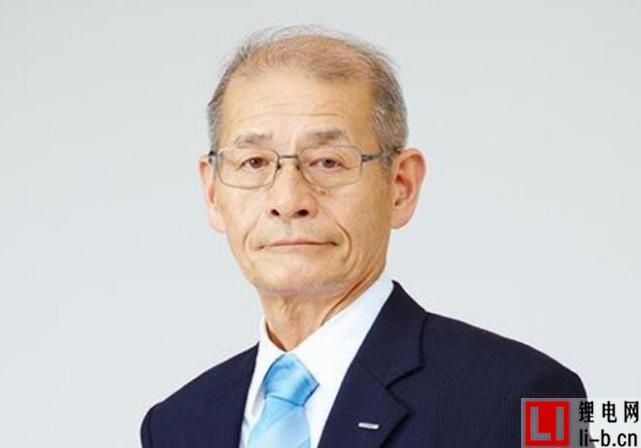The number of mobile phones, laptops and computers increased exponentially, but at the time no one thought of using lithium-ion batteries in cars.” Yoshino Zhang said.
Lithium Power Grid According to foreign media reports, lithium-ion battery inventor Akira Yoshino said that if the era of autonomous driving is as predicted, battery manufacturers will have to rethink their technology.
In addition to the need to develop more powerful batteries to increase cruising range, the battery developed by the manufacturer must be able to withstand almost uninterrupted driving and the test of the frequent sharing and use of the car, he said.

Yoshino Akira invented the prototype of a lithium-ion battery in 1985, and currently holds an honours degree in the world's largest manufacturer of lithium-ion battery separators, Asahi Kasei.
"A car is shared by 10 people means that it will run 10 times longer. Therefore durability will be very important," he said at Asahi Kasei's Tokyo headquarters.
Yoshino said that although manufacturers should still focus on increasing the energy density of batteries and reducing costs, their battery manufacturing materials must be able to withstand continuous expansion and contraction. He said that if you don't need to increase the energy density at the same time, it will be easier to improve the durability of the battery. For example, lithium titanate can be used in the anode of a battery instead of the carbon that is currently used.
“The car is a new use of the battery, so we have to wait until we find which battery is best,” he said. "The future of the battery depends on what changes will happen in the future automotive industry."
In the early 1980s, Yoshino began researching polyacetylene in his laboratory, a conductive material obtained by Japanese chemists and Nobel Prizes. Shirakawa Hideki found. Although the battery can be used in solar panels and semiconductors, Yoshino is focused on its use in batteries, because many small electronic devices began to appear on the market, all of which required a powerful, rechargeable source of energy.
In the end, Yoshino took the polyacetylene as the anode of the battery and successfully developed a lithium-ion battery, and then changed the polyacetylene to carbon. However, in the commercial competition of lithium-ion batteries, Sony defeated Yoshino Akira, the first to use lithium-ion batteries in mobile phones in 1991. In the following year, Yoshino and Toshiba established a joint venture to produce and sell their own batteries.
“At the time, I thought that the use of lithium-ion batteries in the 8mm camera market would be promising. The number of mobile phones, laptops and computers increased exponentially, but at the time no one thought of using lithium-ion batteries in cars.” Yoshino Zhang said.
This situation has since changed. According to Bloomberg New Energy Finance, electric vehicles will account for 54% of new car sales by 2040. The agency also said in a recent report that highly self-driving cars are expected to emerge around 2020, but to adopt fully automated vehicles in the mass market, the related technical and legal challenges will be difficult to resolve before 2030.
Yoshino Akira and three other scientists won the Charles Stark Draper Award in 2014 for their contributions to the development of lithium-ion batteries.


 在线地图
在线地图 收藏本站
收藏本站

